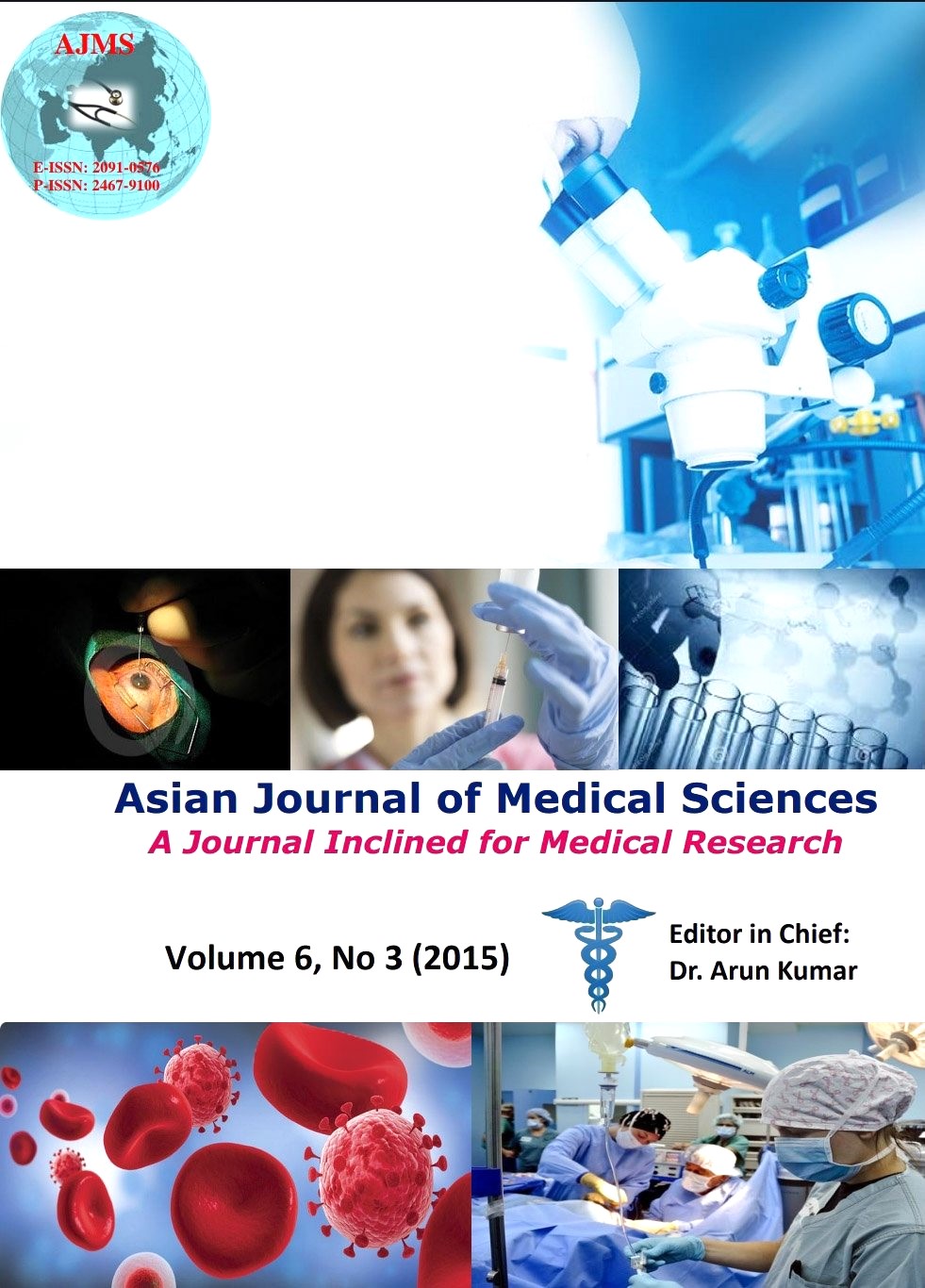Outcome of fertility and pregnancy following hysteroscopic resection of septum using versapoint needle
Keywords:
Hysteroscopic resection, Versapoint, Septum, MetroplastyAbstract
Aim: The aim of the present study was to assess the safety and efficacy of hysteroscopic septum resection by Versapoint and future fertility outcome. 105 subfertile patients who underwent hysteroscopic septum resection using the Bipolar Versapoint system were analysed.
Methods: Hysteroscopic Metroplasty was performed on 105 patients with uterine septum and history of infertility. The metroplasty procedure was performed on 105 patients using versapoint. The outcome was evaluated based on fertility outcomes.
Study Design: Retrospective study
Results: The pregnancy rates were noted to be around 96.5% following the procedure and live birth rate were around 82%.
Conclusion: Hysteroscopic metroplasty using Bipolar Versapoint had better fertility outcomes and less risks. Future fertility and live birth rates had significantly improved.
DOI: http://dx.doi.org/10.3126/ajms.v6i3.10904
Asian Journal of Medical Sciences Vol.6(3) 2015 63-65
Downloads
Downloads
Published
How to Cite
Issue
Section
License
Authors who publish with this journal agree to the following terms:
- The journal holds copyright and publishes the work under a Creative Commons CC-BY-NC license that permits use, distribution and reprduction in any medium, provided the original work is properly cited and is not used for commercial purposes. The journal should be recognised as the original publisher of this work.
- Authors are able to enter into separate, additional contractual arrangements for the non-exclusive distribution of the journal's published version of the work (e.g., post it to an institutional repository or publish it in a book), with an acknowledgement of its initial publication in this journal.
- Authors are permitted and encouraged to post their work online (e.g., in institutional repositories or on their website) prior to and during the submission process, as it can lead to productive exchanges, as well as earlier and greater citation of published work (See The Effect of Open Access).




